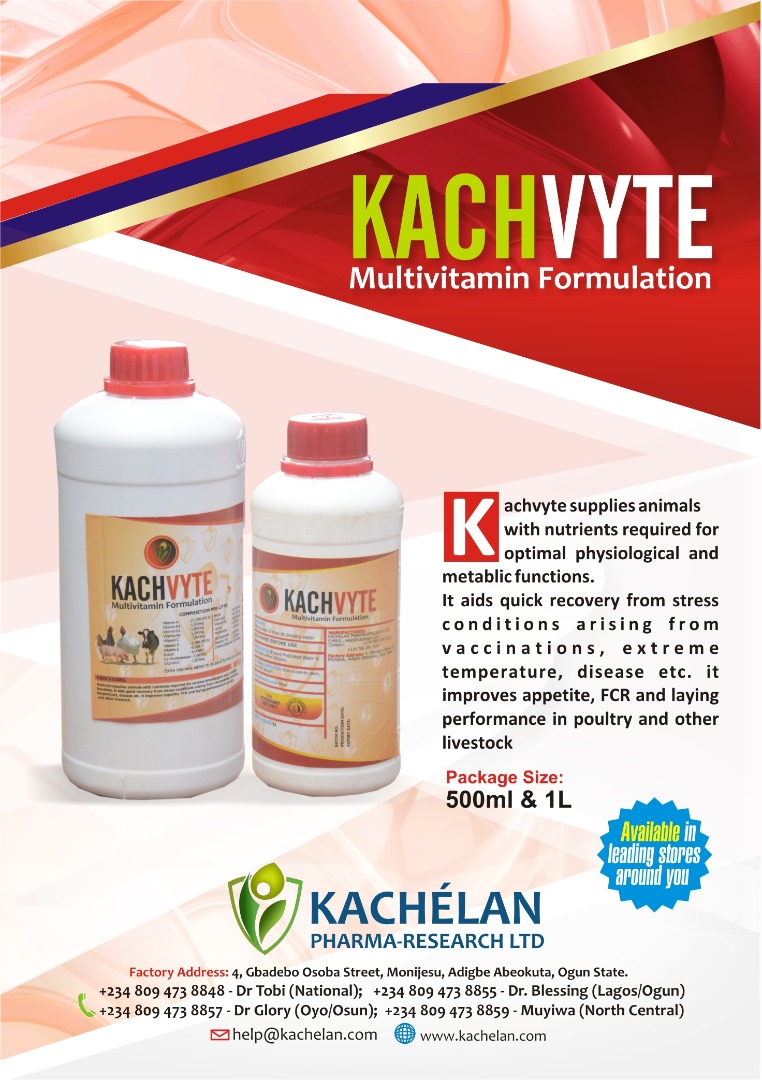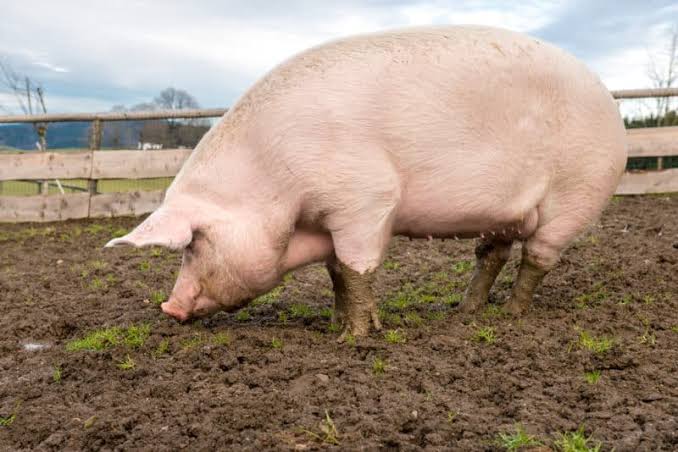9 Tips on How to Fatten Up a Pig The Right Way
The stereotypes that exist surrounding the feeding habits of swine, it isn’t always as easy as you might expect to fatten up a pig.
From health problems to poor genetics, bad feed and pigs that are just naturally small, it can sometimes be quite tough to get your pigs to put on weight.
 Learn More
Learn MoreWhether you’re raising pigs for your own family’s consumption or you sell the meat to other customers, knowing how to fatten up a pig – the right way – is essential.

Here are some tips.
Your Reason for Fattening Your Pig
Fattening up a pig is not the same as increasing its weight for slaughter.
Some people feed their pigs foods like corn and sugar and deliberately keep them sedentary. As you might expect, the pigs do gain weight. Corn is a cheap feed for pigs and it does fatten them up quickly.
Sugar is also an oft-touted remedy when it comes to putting weight on pigs. Many farmers feed their pigs donuts, candies, molasses, and cane juice products to get them to put on weight rapidly. Studies show that pigs who were fed sugary diets did get larger – in fact, these pigs had livers that were 34% larger.
That’s not a good thing. Bigger isn’t always better!
A big liver is a sick liver. While feeding a pig sugar will cause it to gain weight more quickly, the quality of the meat will not be nearly as high.
When it comes to keeping pigs sedentary, pigs that are raised in confinement will grow at a faster rate than those who are given room to roam. Again, however, almost all of that weight gain will be fat and not lean muscle – and the muscle is what equates to good, tasty meat.
Unfortunately, most fat is wasted when it comes to butcher time. While you may be able to save some when it comes time to make lard, much of this fat is useless and takes away from more palatable cuts, like pork chops, ham, and everybody’s favorite, bacon.
How to Put Healthy Weight on a Pig
1. Add Some Brewer’s Grain
Pig feed can be a variety of grain types, including wheat, barley, sorghum, and corn.
However, if you really want to think outside of the box and get your pigs to gain weight, you may have to add some brewers grains. These are palatable and rich in fiber – meaning you’ll feed them in small quantities to prevent your pigs’ digestive systems from working too hard.
However, brewer’s grain can often be acquired for free from local breweries, making it a good, nutritious way to add mass to your pigs’ diets without spending a lot of money to do so.
2. Don’t Be Afraid to Keep Them Active
Exercise will not only increase your pig’s muscle content, but it can also reduce its fat stores. This is essential if you want to raise pork that is leaner, more flavorful – and more abundant, too. Give your pigs room to roam. You don’t have to take them on a marathon sprint every morning, but allowing them access to the outdoors and pasture is a great idea.
As a bonus, giving them room to wander around outside will reduce the likelihood of various diseases and internal parasites, too.
3. Give Plenty of Water
Pigs won’t eat as much when they’re dehydrated. I know so many farmers who have trouble putting weight on their pigs. After taking a look at their set-up, it’s easy to see why. The pigs are watered just once a day and they flip their bucket over almost as soon as it is filled with water.
Make sure your pigs are given all the water they can drink, especially when it’s hot.
4. Provide Lots of Shade and Wallowing Areas
Similar to the point above, pigs also will not eat as much when it’s super hot out. In fact, in the summer, our pigs often hide away in the woods and wallows during the day. In the middle of the night, we can hear them out at their auto-feeder, munching away at their heart’s content.
When it’s hot, pigs simply aren’t going to eat as much. Help your porcine friends cool off by providing lots of shade (either naturally, with shade trees or artificially, with tarps and outbuildings) along with wallowing areas. Remember, they don’t sweat.
5. Use Auto-Feeders and Auto-Drinkers
Remember how I mentioned earlier that pigs need lots of water – and that they will often feed at night if it’s hot out? Well, you aren’t going to be able to do this if you water and feed your pigs by hand.
Consider setting up automatic feeding and watering systems. These do not have to be expensive, but by allowing your pigs to eat whenever they are hungry and drink when they are thirsty, you can dramatically improve the rate at which your pigs put on weight.
6. Ensure That Parasites Aren’t an Issue
Often, pigs will fail to thrive because they have something else competing for the food they eat – internal parasites. You don’t always need to chemically deworm your pigs – in fact, there are many natural remedies, like garlic and apple cider vinegar, that we have found to work just as well as the chemical methods.
However, you should be doing something to make sure your pigs’ guts stay free from these pests. Keep your pigs on clean bedding and rotate pastures often to make sure parasites steer clear – and that your pigs keep gaining weight.
7. Perfect the Protein Content
Have realistic expectations when it comes to putting weight on your pigs. Normally, you should expect them to put on up to 1.7 pounds per day until they weigh 110 pounds. Then, they might gain as much as 2.2 pounds per day.
Use a good starter ration until your pigs reach 100 pounds and then switch to a finisher ration will get your pig to the desired weight. These rations are specially formulated to have the ideal amount of protein until your pig reaches market weight.
READ ALSO: 10 Causes of Lameness in Pigs, How to Treat and Prevent it
One way you can improve the protein your pigs eat is by providing them with a unique protein source like soybean oil meal. Some people use tankage, which is animal feed made out of the residue left behind from rendering. However, this is controversial, as it’s not recommended that you feed pigs any meat due to the risk of disease.
8. Fiber is Good – But Not Too Much
While some fiber is helpful – just as it is for humans – there is such a thing as too much of a good thing when it comes to feeding pigs. Avoid feeding too much food that’s high in fiber, since it takes more energy to digest and can cause your pig to burn more calories than it would when eating other kinds of foods.
Some examples of high-fiber foods to avoid or feed in limited quantities include soy hulls and wheat midds.
READ ALSO: Six Important Tips for Buying Piglets
9. Add B12
Adding supplements, like B12, can be a helpful way to increase your pigs’ nutrient absorption and improve feed intake. B12 is known to reduce stress levels and can help prevent disease. Although B12 liquid supplements and injections can be a bit pricey and inconvenient to administer, you won’t have to do this very often to see a difference.
These supplements can also be helpful if you know your pig suffered from a parasite issue or disease, as the B12 will help your pig bounce back from the stress and resume putting on a healthy amount of weight.
Other supplements you may consider adding include fat and protein supplements. Sometimes labeled energy supplements, these may or may not be useful depending on the size and age of your pigs.
Things to Watch Out For
You’ll see lots of recommendations to feed your pigs high-calorie foods to encourage them to gain weight. Some common solutions include bread, baked goods, and syrups.
These should be heavily discouraged. They’ll make your pigs put on weight quickly, but it will be useless weight. You’ll pay the butcher to cut off most of this fat and discard it. As I mentioned earlier, some can be used as lard that you can then render – but not all of it. Plus, you’ll be taking up valuable space for more palatable cuts, like hams and bacon.
Instead of loading your pig up on junk food, consider adding “palatability enhancers.” Rather than feeding a pig a bucket of molasses, for example, try drizzling just a little bit on the feed. This will encourage your pig to eat more without taking on too many empty calories.
You can also try simply wetting your pig’s feed. This will soften it, making it easier to ingest and more palatable. It’s also a good way to ensure your pigs are drinking enough water!
How to Fatten Up a Pig – the Right Way!
The easiest way to fatten up a pig properly? Give it more food! Weight gain will occur when your pig eats more calories. If a pig isn’t eating enough to gain weight – or worse, is losing weight – there’s likely an underlying health issue that you need to address. In some cases, pigs might not eat enough if they are too hot or don’t have enough water, so keep these factors in mind, too.
Provide your pig with a variety of foods as it grows. Adequate nutrient intake is essential when it comes to helping your pig put on a healthy amount of weight. As with humans, variety is the spice of life – so make sure your pig can eat all kinds of food to gain weight appropriately.
Learning how to fatten up a pig the right way can take some time. However, with a bit of practice, you’ll be tipping the scales with your prizewinning hogs in no time – and enjoying those slabs of tasty bacon.















